The trafficked children of the red-light area in Silchar

IN MID DECEMBER OF 2011, Agnes Kharshiing received information that a 16-year-old girl had run away from Radhamadhab Road—a red-light area in Assam’s Silchar town—and returned to her home in Shillong. Kharshiing, who had been working for women’s rights for about six years, decided to seek the girl out. She found her in a Shillong slum, where the survivor was living with one of her siblings. She told Kharshiing about the horrific three years she had spent in Silchar—she had been sexually exploited, and put through physical and mental torture by clients, brothel owners and police officers. She also told Kharshiing of how common the trafficking of minors was in Radhamadhab Road.
Soon after, Kharshiing resolved to organise a rescue mission to Radhamadhab Road, and asked the girl if she would accompany her. The survivor agreed. The red-light area—the biggest in the Northeast by most accounts—is run from a narrow lane inside a quieter part of Silchar’s main market, in the heart of the town. The buildings and shanties on each side of the lane, along with a few smaller houses along connected alleys, are mostly brothels. There are roughly 70 such places, each of which can have up to 20 girls. Every house has an owner known as a “madam,” or “malkin,” who procures girls from traffickers and pays off the local police. The houses are guarded by well built women. Outside, girls sit on stools waiting for customers.
This story is from the July 2017 edition of The Caravan.
Start your 7-day Magzter GOLD free trial to access thousands of curated premium stories, and 8,500+ magazines and newspapers.
Already a subscriber ? Sign In
This story is from the July 2017 edition of The Caravan.
Start your 7-day Magzter GOLD free trial to access thousands of curated premium stories, and 8,500+ magazines and newspapers.
Already a subscriber? Sign In

Mob Mentality
How the Modi government fuels a dangerous vigilantism
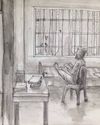
RIP TIDES
Shahidul Alam’s exploration of Bangladeshi photography and activism

Trickle-down Effect
Nepal–India tensions have advanced from the diplomatic level to the public sphere
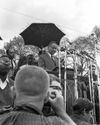
Editor's Pick
ON 23 SEPTEMBER 1950, the diplomat Ralph Bunche, seen here addressing the 1965 Selma to Montgomery March, was awarded the Nobel Peace Prize. The first black Nobel laureate, Bunche was awarded the prize for his efforts in ending the 1948 Arab–Israeli War.

Shades of The Grey
A Pune bakery rejects the rigid binaries of everyday life / Gender
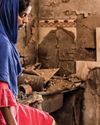
Scorched Hearths
A photographer-nurse recalls the Delhi violence
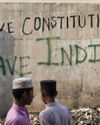
Licence to Kill
A photojournalist’s account of documenting the Delhi violence
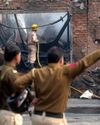
CRIME AND PREJUDICE
The BJP and Delhi Police’s hand in the Delhi violence
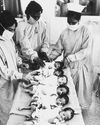
Bled Dry
How India exploits health workers

Status Update
India’s telling silence on the Hagia Sophia controversy